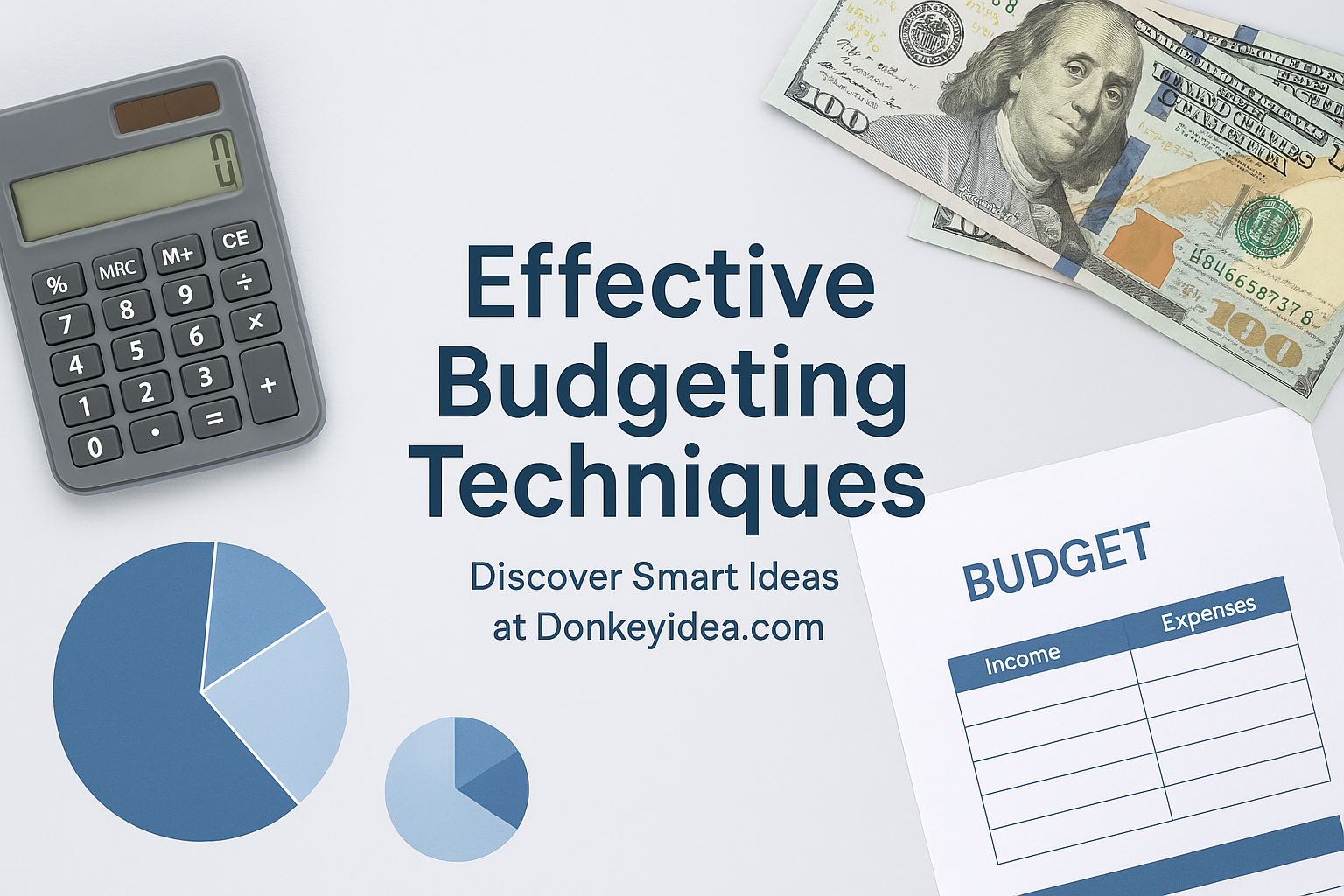Learn how to build a flexible buffer in budget planning for better financial management and peace of mind.
Building a flexible buffer in budget planning is crucial for everyone. Life is full of surprises, and your finances should be ready to handle them. Imagine you’re walking down the street, and suddenly, you trip over a rock. You need a buffer to catch you. That’s what a flexible budget buffer does for your finances. It helps you avoid falling flat when unexpected expenses come your way.
Financial planning is like a roadmap. It guides you to where you want to go. When you learn how to build a flexible buffer in budget planning, you’re preparing for the bumps along the road. This buffer gives you peace of mind, knowing you won’t be overwhelmed by sudden costs. Understanding and applying this concept is essential for your financial health.
Having insurance is an excellent way to alleviate financial stress. It provides a safety net when unexpected expenses arise, making it easier for you to manage your budget. For more insights, check out [how insurance can reduce financial stress](https://www.donkeyidea.com/powerful-7-ways-how-insurance-can-reduce-financial-stress/).
In This Post, You’ll Learn:
- How to create a realistic budget you can stick to
- Where your hidden spending leaks are
- Tools that make money management easy
Create a Zero-Based Budget
What it is: A zero-based budget means you assign every dollar a job. Your income minus expenses equals zero.
Why it works: This method forces you to be intentional with your spending. You know exactly where your money goes.
How to do it: Start by listing all your income sources. Then, write down every expense. Adjust your budget until your income equals your expenses. This way, you have a flexible buffer ready for emergencies.
Pro Tip: Review your budget monthly. Life changes, and so should your budget.
Automate Your Savings
Why this helps: Automating savings means you don’t have to think about it. Money moves to your savings before you can spend it.
How to set it up: Talk to your bank about setting up automatic transfers from your checking account to your savings account. Choose a specific amount that makes sense for your budget.
Track Your Spending
What it is: Tracking your spending means keeping a record of where your money goes.
Why it matters: This helps you identify where you can cut back, allowing you to build that flexible buffer in budget planning.
How to apply it: Use apps or spreadsheets to log every expense. Review them weekly to stay aware of your spending habits.
Bonus tip: Look for subscriptions or services you no longer use. Canceling them can free up money for your buffer.
Mini Case Study
When I started tracking every expense, I realized I was spending too much on coffee. I cut down on those daily lattes, and within a month, I had saved enough to create a small buffer for unexpected expenses. This simple change made a considerable difference in my financial planning.
Frequently Asked Questions
1. What is a budget buffer? A budget buffer is extra money set aside for unexpected costs. It acts like a cushion for your finances.
2. How much should I have in my budget buffer? Aim for 10-20% of your monthly income as a good starting point.
3. Can I use my buffer for regular expenses? No, the buffer should only be used for emergencies or unexpected costs.
4. How do I build my buffer? Start by saving a small amount each month until it grows to a comfortable size.
5. What if my expenses exceed my buffer? If you frequently exceed your buffer, revisit your budget and adjust your spending habits.
Recap / Final Thoughts
Mastering your money isn’t about restriction—it’s about intention. Start by applying just one or two of these strategies today. Small steps lead to big results.
Conclusion
In summary, building a flexible buffer in budget planning is vital for financial peace. You can manage unexpected expenses by saving and tracking your spending. Stay informed and take control of your finances.
Taking charge of your finances may seem daunting, but remember that every small step counts. Start today, and you’ll be surprised at how quickly you can build that flexible buffer in your budget.
Recommended Next Steps
To build a flexible buffer in budget planning, here are some actionable steps:
- Set up a zero-based budget.
- Automate your savings.
- Track your spending weekly.
- Adjust your budget as needed.
- Evaluate your subscriptions and expenses.
For more insights into budgeting, check out Smart Budgeting and Budgeting 101.
Expand Your Knowledge
- 📌 Financial Planning Tips & Strategies
- 📌 Budgeting Techniques
- 📌 Debt Management
- 📌 Insurance & Financial Security
- 📌 Loan Managing Solution
- 📌 Outsourcing & Finance
- 📌 Passive Income Ideas
- 📌 Saving and Investing
- 📌 ———————————-
- 📌 Affiliate Marketing
- 📌 Blogging
Start Trading Today
Ready to take your forex trading to the next level? Open an account with Exness, one of the most trusted platforms in the industry. 👉 Sign Up Now and trade with confidence!
My recommended broker stands out with ultra-low spreads for beginners, instant withdrawals, and zero spread accounts for pro traders.
Trusted since 2008, lightning-fast execution, no hidden fees, and a secure, transparent trading environment—giving you the edge you need to succeed. 🚀
YouTube Video Library: Related Videos
Note: The video above is embedded from YouTube and is the property of its original creator. We do not own or take responsibility for the content or opinions expressed in the video.
